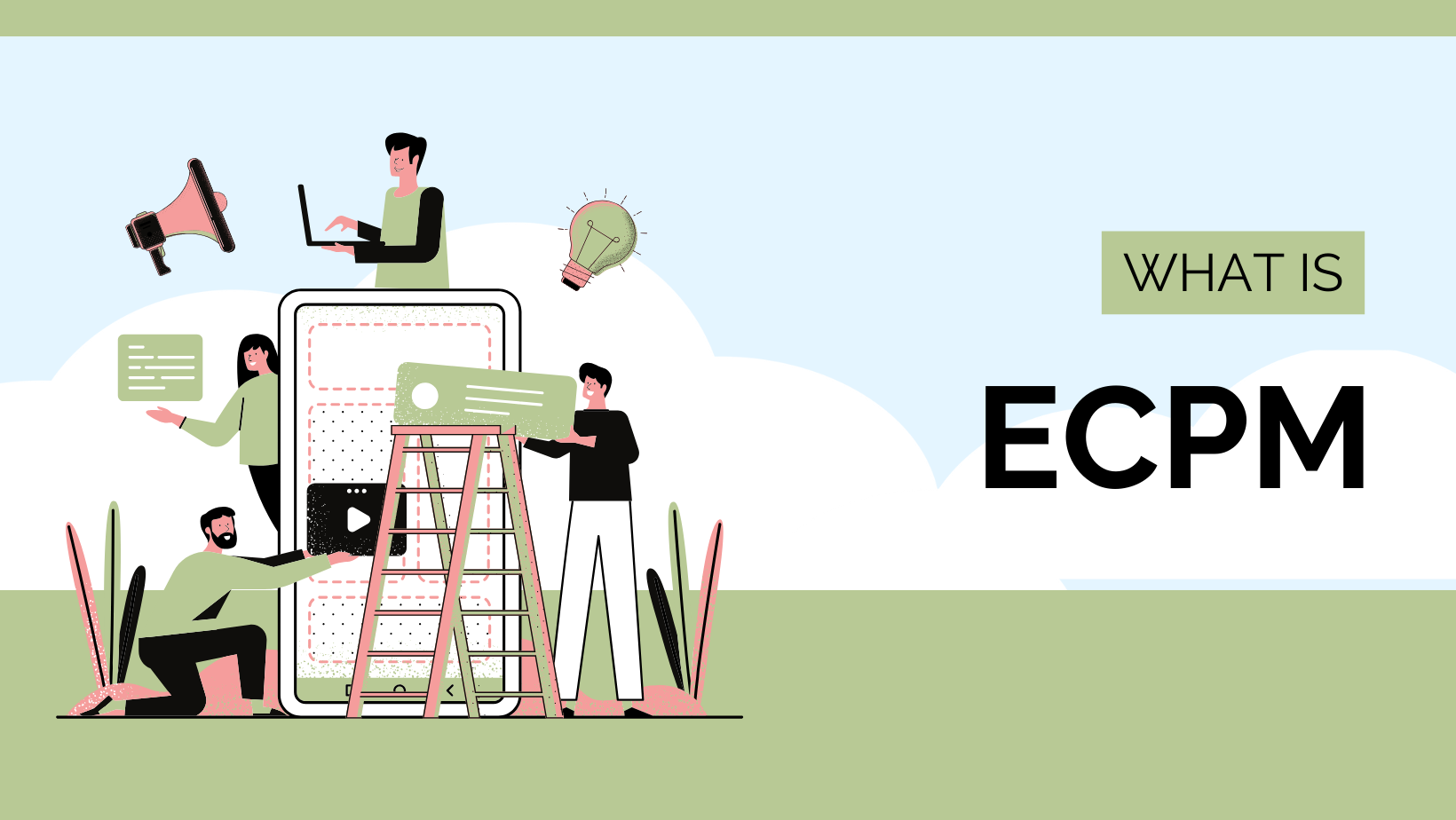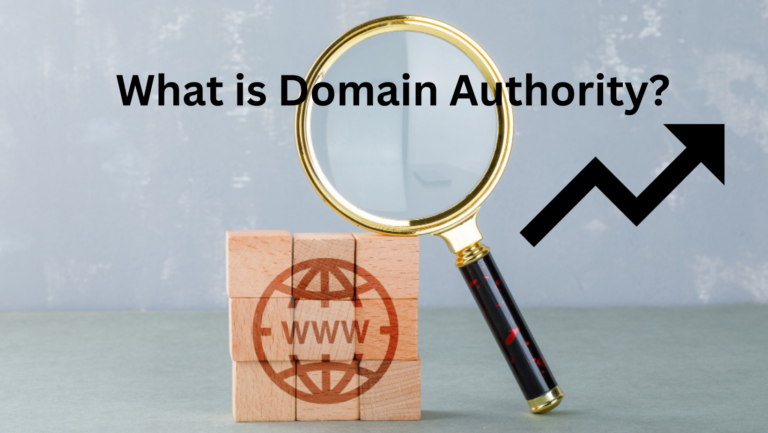eCPM (Effective Cost Per Mille): Maximizing Revenue
eCPM, or effective Cost Per Mille, is one of the crucial metrics in digital advertising terms. It’s like a bird’s eye view of how ad revenue rolls in. In simple terms, eCPM measures the estimated earnings from an ad campaign per thousand impressions, making it a handy metric for gauging performance across different ad formats or platforms.
Here’s the deal: eCPM helps in comparing the revenue potential of various ad types or channels, whether it’s display ads, video ads, or mobile. It’s not just about clicks or conversions; it takes into account the overall impressions and revenue generated per thousand impressions, giving advertisers a clear picture of which ad formats or platforms are driving the most revenue.
Understanding eCPM is like having a compass in the digital advertising world. It helps in optimizing ad strategies, focusing efforts on higher-earning channels or formats, and maximizing revenue potential. Ultimately, it’s about getting the most bang for your buck and making smart decisions that boost ad revenue.
What is eCPM?
At its core, eCPM stands for Effective Cost Per Mille, where “mille” refers to one thousand impressions. But what does “effective” mean in this context? It’s simple: eCPM is a universal metric that allows advertisers, publishers, and marketers to assess the performance and revenue potential of ads on a level playing field. It brings uniformity to ad performance comparisons by standardizing the metric used to measure revenue generation.
How to Calculate eCPM?
eCPM is determined through a straightforward calculation, using two key pieces of data:
– Total Earnings: This represents the cumulative revenue generated from one or more advertisements.
– Total Impressions: The number of times an ad is displayed or viewed.
To calculate eCPM, you can use the following formula:
eCPM = (Total Earnings / Total Impressions) x 1000
This equation reveals how much revenue you would earn for every one thousand impressions of your ad.
Differences Between eCPM and CPM
CPM (Cost Per Mille):
- Definition: CPM, or Cost Per Mille, represents the cost an advertiser pays per one thousand impressions of an ad, regardless of clicks or other interactions.
- Focus: CPM is primarily concerned with the cost of delivering impressions and is commonly used to compare the relative cost-effectiveness of ad placements or campaigns.
- Use Case: It’s beneficial for advertisers who aim to increase brand visibility or exposure. Advertisers can use CPM to compare the relative costs of different ad placements or formats, helping them make decisions based on cost efficiency.
eCPM (Effective Cost Per Mille):
- Definition: eCPM, or Effective Cost Per Mille, measures the estimated earnings generated per one thousand impressions, offering a view of the revenue potential of an ad campaign.
- Focus: eCPM considers both impressions and revenue, providing insights into the ad’s performance in generating revenue per thousand impressions.
- Use Case: It’s valuable for publishers and advertisers interested in revenue generation. eCPM allows them to compare the revenue-generating capabilities of different ad formats, channels, or campaigns, aiding in optimizing strategies for maximum revenue.
When to Use Each Metric:
CPM: Use CPM when assessing the cost efficiency of ad placements or campaigns, especially for increasing brand exposure or reach. It’s useful for comparing the cost of delivering impressions across different ad channels or formats.
eCPM: Use eCPM when evaluating the revenue potential of ad campaigns or placements. It’s beneficial for publishers and advertisers aiming to maximize revenue, as it considers both impressions and the actual earnings generated per thousand impressions.
While CPM focuses on the cost of impressions, eCPM provides a comprehensive view by considering both impressions and revenue. Choosing between the two metrics depends on the specific goals – CPM for cost efficiency and eCPM for revenue optimization in digital advertising strategies.
What is the Importance of eCPM?
eCPM’s Role in Revenue Maximization
Effective Cost Per Mille is far more than a string of letters; it’s a strategic key to unlocking revenue maximization. Publishers and advertisers leverage eCPM to make informed decisions that lead to increased earnings. For publishers, eCPM empowers them to optimize ad placements and pricing strategies to extract the full potential of their digital real estate. On the advertiser’s front, eCPM provides insights into campaign effectiveness and helps allocate budgets for the best results.
Comparing Ad Performance
One of eCPM’s greatest strengths is its ability to facilitate straightforward comparisons of ad performance. This enables publishers and advertisers to evaluate how various ad types or platforms perform using a common metric. Whether you’re running banner ads, video ads, or native ads, eCPM simplifies the task of comparing their revenue-generating potential, aiding decision-making.
How to maximize Revenue with eCPM?
Optimize Ad Placement
eCPM offers valuable guidance for publishers, helping them strategically place ads where they will generate the most revenue. By analyzing which ad positions yield higher eCPM, publishers can optimize their website’s layout to emphasize ads in these high-performing areas. This optimization might involve placing ads at the top of webpages, within content, or strategically interspersed between articles.
Experiment with Ad Formats
Variety is the spice of life, and it applies to digital advertising too. By experimenting with different ad formats, you can identify which ones deliver the highest eCPM. Whether it’s video ads, native ads, or interstitials, focusing on formats that consistently perform well can be the key to boosting your revenue. It’s essential to assess which formats align with your content and resonate best with your audience.
Target the Right Audience
Effective targeting is another lever for increasing eCPM. Use the advanced targeting options offered by ad platforms to reach the most relevant audience. By delivering ads to users who are more likely to engage, you enhance your eCPM. Targeting criteria often include demographics, interests, and online behavior. For instance, if you’re promoting fashion products, targeting users interested in fashion and shopping can lead to higher eCPM as these users are more likely to interact with relevant ads.
Mobile vs. Desktop
Digital advertising across mobile and desktop devices can yield vastly different results. Segment your eCPM analysis by device to understand these distinctions. This insight enables you to allocate resources more effectively to the platform generating the most revenue. For instance, if you find that your mobile audience generates a significantly higher eCPM, consider allocating a larger portion of your budget to mobile advertising.
Regular Performance Monitoring
The world of digital advertising is ever-evolving. Ad performance can fluctuate, so it’s crucial to monitor eCPM and related metrics regularly. Ongoing observation allows you to stay ahead of market trends and adapt your ad strategies to shifting audience behavior, keeping your strategies effective. By continuously monitoring eCPM, you can detect and address issues such as ad fatigue, ensuring that your ads remain engaging and continue to generate optimal revenue.
Wrap Up
Effective Cost Per Mille, or eCPM, isn’t just another metric; it’s the secret sauce behind revenue maximization in digital advertising. This comprehensive guide has provided an in-depth understanding of eCPM, from its definition to its calculation, and most importantly, how it can be leveraged to supercharge digital advertising revenue. By embracing eCPM, you gain a competitive edge, allowing you to optimize ad placements, experiment with ad formats, target the right audience, and effectively monitor performance. With eCPM as your ally, you can navigate the ever-changing landscape of digital advertising and make data-driven decisions that lead to higher revenue and more successful advertising campaigns.
FAQs
- What is eCPM?
eCPM stands for “Effective Cost Per Mille,” representing the estimated earnings for every 1,000 impressions an ad generates. - How is eCPM calculated?
eCPM is calculated by dividing total earnings by total impressions, then multiplying the result by 1,000. - What does a higher eCPM indicate?
A higher eCPM signifies higher revenue potential per 1,000 impressions, reflecting better ad performance or higher-paying ads. - How can I improve my eCPM?
Strategies to enhance eCPM include optimizing ad placement, targeting relevant audiences, improving ad creatives, and utilizing header bidding. - Is eCPM the only metric to consider for ad performance?
No, while eCPM is essential, it should be evaluated alongside other metrics like CTR (Click-Through Rate), CPC (Cost Per Click), and overall revenue for comprehensive ad performance assessment.







